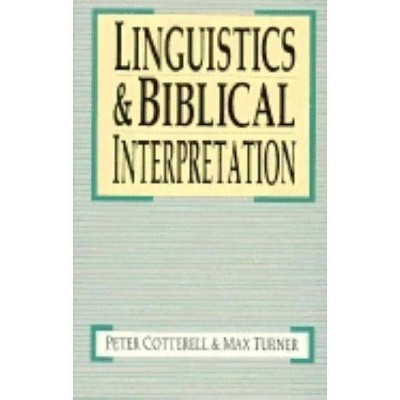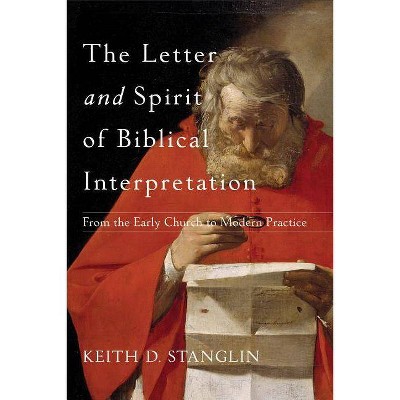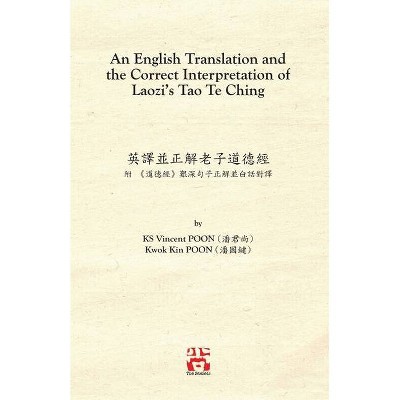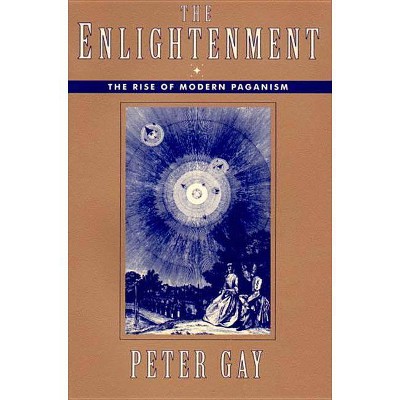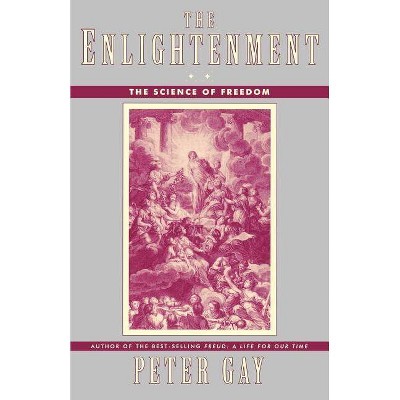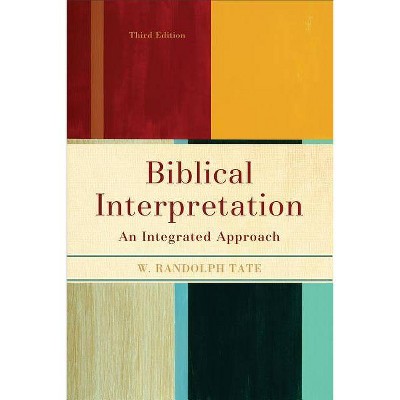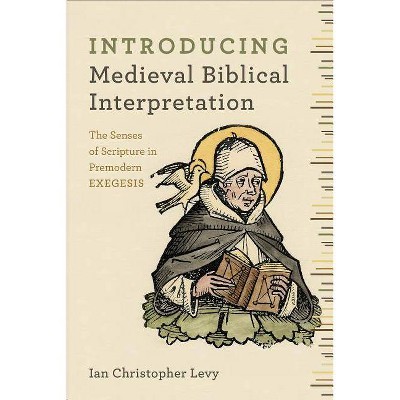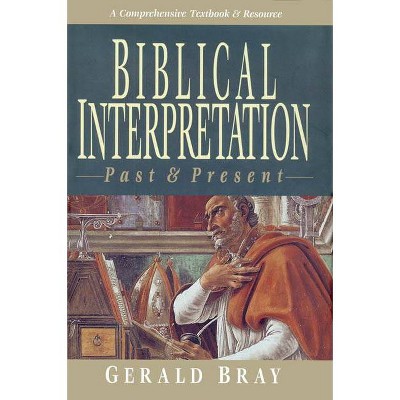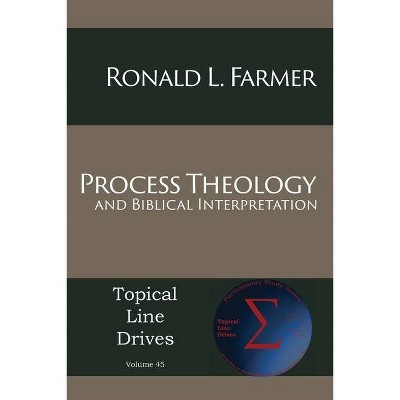A Complementary Approach to the Interpretation and Translation of Biblical Metaphors - by Peter Kamande Thuo (Paperback)
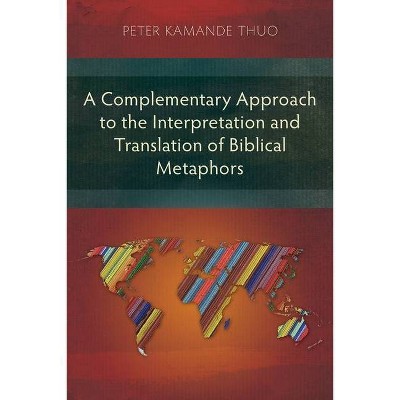
Similar Products
Products of same category from the store
AllProduct info
<p/><br></br><p><b> About the Book </b></p></br></br><p>Engaging the need for a stronger framework for communicating metaphors across languages, Dr Thuo proposes a complementary approach that utilizes relevance theory to bridge gaps presented by conceptual metaphor theory and cognitive linguistics.</p><p/><br></br><p><b> Book Synopsis </b></p></br></br><p>In this in-depth study, Peter Kamande Thuo explores the complexity of accurately understanding, interpreting, and translating Scripture, especially biblical metaphors. Engaging the need for a stronger theoretical framework for conceptualizing and communicating metaphors across languages, Dr Thuo proposes a complementary approach that utilizes relevance theory to bridge gaps presented by conceptual metaphor theory and cognitive linguistics.</p><p><br></p><p>Yet this book is far more than an abstract theoretical treatise. Dr Thuo offers the example of the "circumcised heart" of Romans 2 as a case study, providing practical guidance for his readers as he demonstrates the process of translating such a phrase into Kikuyu. So doing, he reminds us that the challenge of understanding, interpreting, and applying biblical metaphors across culture and language is not limited to the work of professional translation. Rather, it is at the heart of all scholarship, discipleship, and pastoral teaching and the task of every person engaged in reading the word of God.</p><p/><br></br><p><b> Review Quotes </b></p></br></br><br><p>There are many biblical metaphors which may look very similar to those in African target languages yet significantly very different in meaning. A good example is "circumcision of heart" in Romans 2:29. A face-value translation that does not pay attention to conceptual differences between the source language culture and target language culture may yield misleading interpretations. In this book the author demonstrates how the tools of Conceptual Integration Theory and Relevance Theory can be applied to render biblical metaphors in more meaningful ways. This book is very informative and will be of great use to scholars in Biblical Studies, Socio-linguistics and Bible Translation, especially in African cultural contexts where parallels of biblical imagery and rituals are easily encountered and thought to be similar, yet the underlying conceptual meanings are totally different. I highly recommend this book for reference in seminaries, theological colleges and universities.</p><p><strong>Diphus Chemorion, DTh</strong></p><p>Dean, Faculty of Theology, </p><p>St. Paul's University, Limuru, Kenya</p><p>Having been a Bible translation consultant for many years, one of the main challenges I have observed translators struggling with is that of effectively rendering both the meaning and impact of metaphors across languages. As has been argued in this book, to adequately address this challenge, it is important to come to terms with the underlying cognitive processes involved. This book not only expounds on a theoretical framework for the interpretation and translation of figures of speech, but also practically demonstrates the effectiveness of such an approach. Indeed, the proposed complementary approach between Conceptual Integration Theory and Relevance Theory is a rewarding way to think about the underlying process that drives and/or hinders projections and inferences to or from the metaphorical blends. I recommend this book to both learning institutions and practitioners as an effective tool for understanding how metaphors work.</p><p><strong>Margaret J. Muthwii, PhD</strong></p><p>Vice-Chancellor and Professor of Linguistics, </p><p>Pan Africa Christian University, Nairobi, Kenya</p><p>Interpreting metaphors involves identifying points of comparison between unlike and often superficially incompatible elements. A complex metaphorical expression, like "circumcision of the heart" can be interpreted in various ways by different audiences, depending on the context in which <em>circumcision</em> and <em>heart</em> are understood. Dr Kamande Thuo convincingly explains how Paul's original audience would have understood this metaphor in Romans 2:29, and he then demonstrates how the same metaphor yields incompatible interpretations for speakers of the Kikuyu language in Kenya, for whom circumcision serves a very different purpose. As a translation consultant with Word for the World Bible Translators, and a speaker of Kikuyu himself, Dr Thuo is uniquely placed to bridge the gap between the Jewish and Kikuyu understandings of the metaphor, which he does by skillfully combining the apparatus of Conceptual Integration (Blending) Theory with the Relevance Theory approach to communication and translation.</p><p><strong>Steve Nicolle, DPhil</strong></p><p>Director, MA in Linguistics and Translation Programme, </p><p>Canada Institute of Linguistics at ACTS Seminaries</p><p>and Trinity Western University, Langley, British Columbia, Canada</p><br>
Price History
Price Archive shows prices from various stores, lets you see history and find the cheapest. There is no actual sale on the website. For all support, inquiry and suggestion messagescommunication@pricearchive.us
